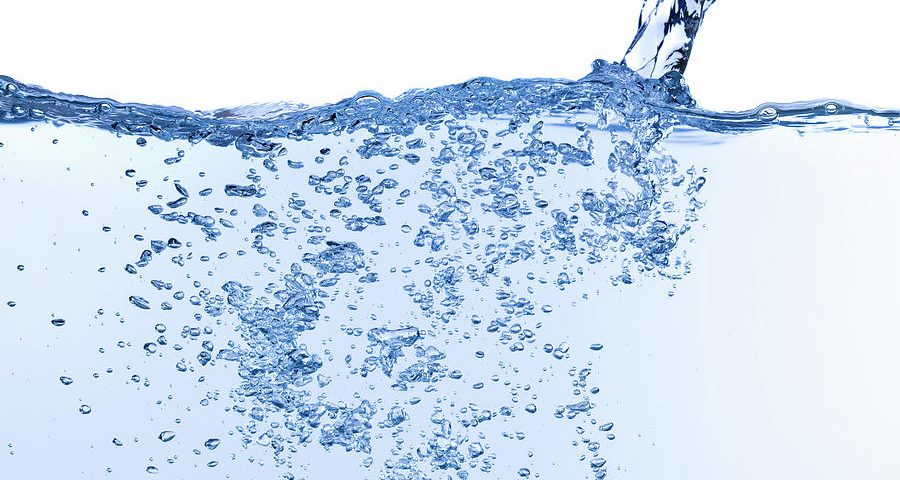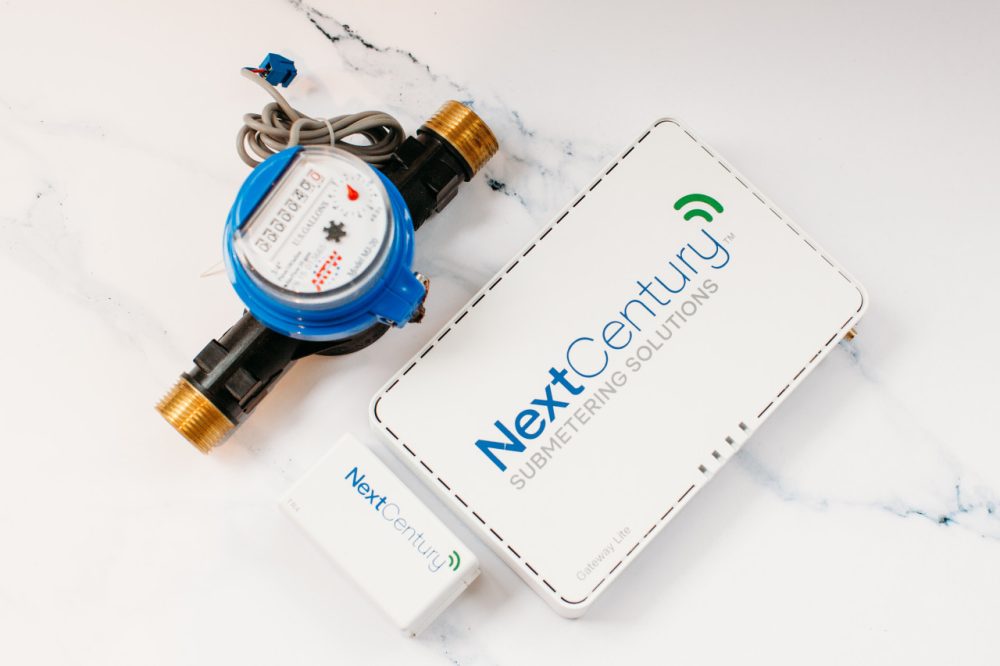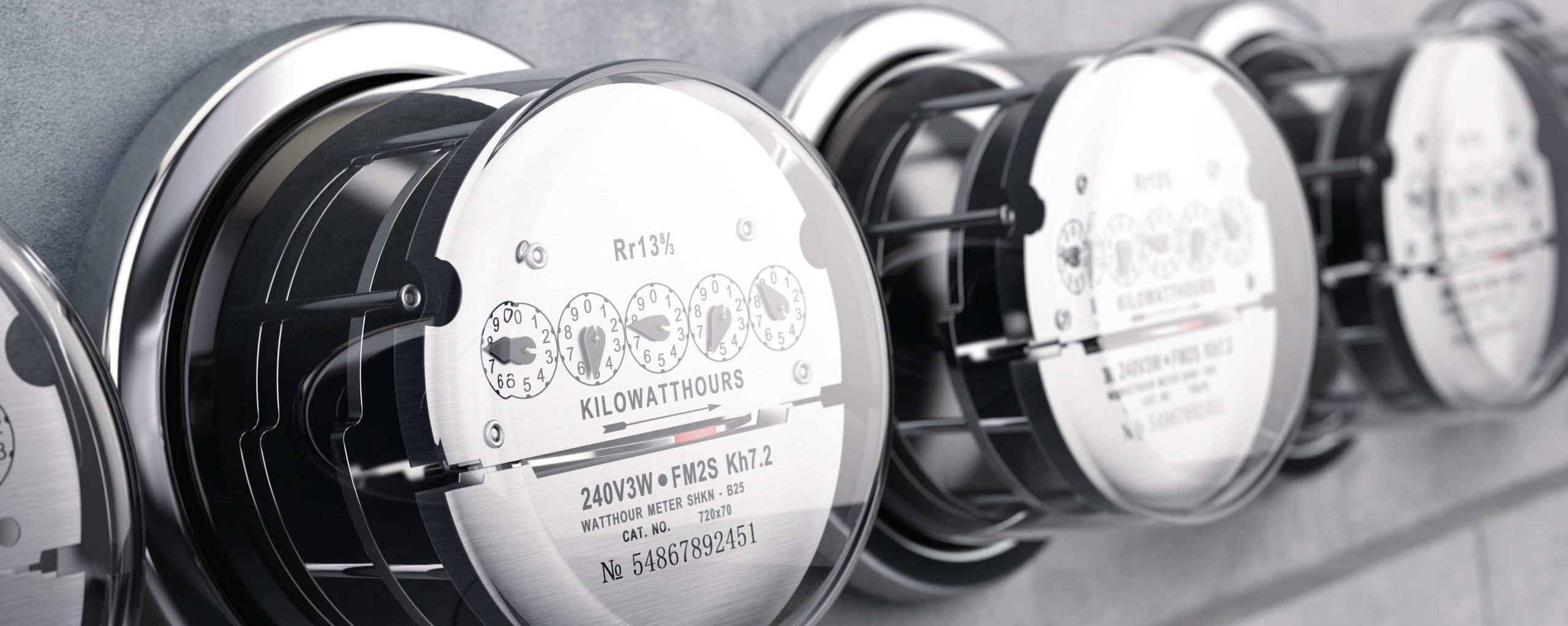
Submetering – A Proven Method for Reducing Property Utility Costs
March 7, 2018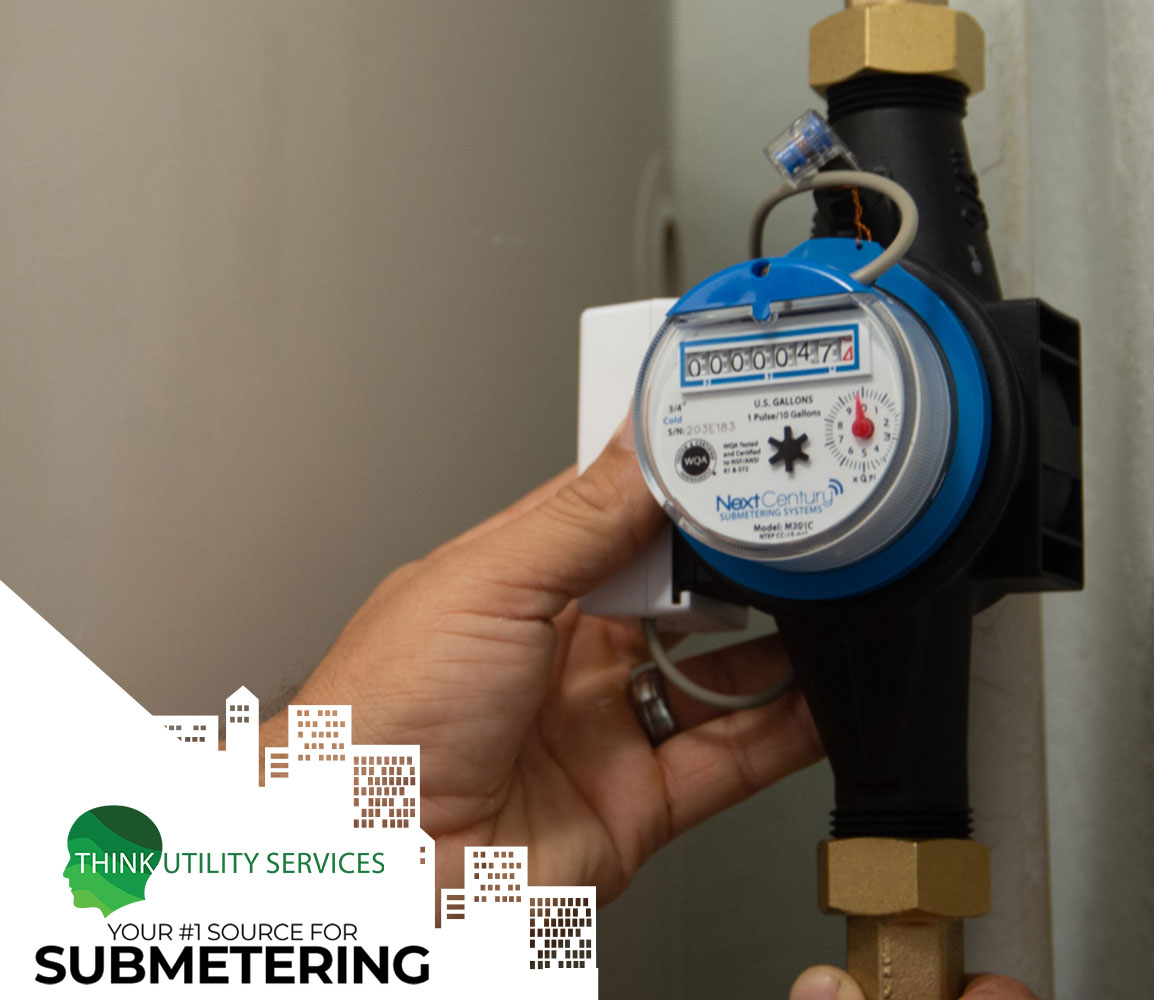
Customers Changing Habits, Change Outcomes with Submetering
June 9, 2020Getting a Handle of Water and Sewer Expenses
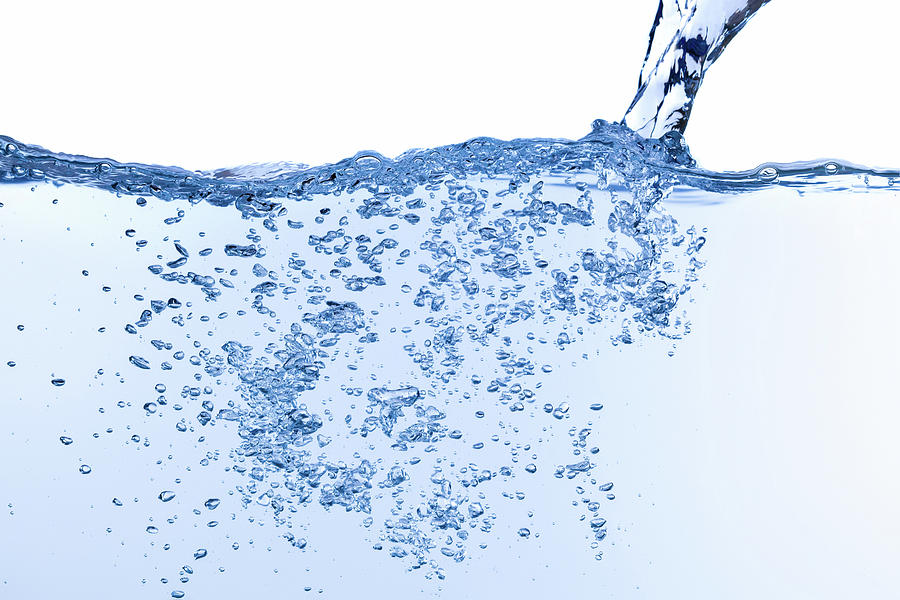
In 2007, the Associated Press published an article entitled, "Crisis feared as U.S. water supplies dry up." Headlines such as these underscore the issues causing escalating water and sewer rates. Municipal water providers feel compelled to increase prices to compensate for aging infrastructure, greater demand, and an ever-diminishing supply. Just as Franklin predicted the well going dry is making the worth of water known. What can an association do to control the consumption and cost of water in its community?
There are three areas to consider: unit water consumption, common area water, and reducing the volume of sewage assessed. The primary area of community water and sewer expense is derived from the water consumed by individual households, and so the question becomes how can a community control the habits of the individual? The answer is to shift responsibility for payment from the community to the individuals consuming the resource.
When the well is dry, we know the worth of water. - Benjamin Franklin
Traditionally, property water expense often allocated into the community monthly fees. There is an old saying, "out of sight, out of mind." Hiding the cost of water within monthly fees promotes consumption with impunity. It forces those that conserve to subsidize those that consume because motivation is lacking to repair leaks or change wasteful habits. The primary method for shifting responsibility from the community to the consumer is to institute a utility submetering and billing program, consisting of water meters installed on every unit, and specific unit usage is measured. Homeowners then billed directly for the costs associated with their personal consumption. This creates an immediate imperative for responsibility. Leaks not identified or ignored quickly repaired and lifestyle changes made. Statistically, submetering programs reduce property water consumption by twenty to thirty percent, which equates to thousands of dollars saved, and information on how to begin is available from a number of qualified submetering companies.
Here are some key points when choosing a provider:
- Are they licensed plumbing contractors?
- Did they inspect the property before providing a quote?
- Was a written transitional plan been provided?
Another very effective method for reducing unit water consumption is to promote the installation of water conserving fixtures. Older shower heads use between three and seven gallons per minute. A ten-minute shower with a four gallon per minute shower head uses forty gallons of water. One daily shower expends 1200 gallons per month. By comparison, a low-flow shower head will use 1.75 gallons per minute, which would reduce monthly consumption by a staggering 675 gallons. Multiply that by the number of individuals taking a shower daily and the community could reduce property water consumption by more than 100,000 gallons per month for every one hundred units (based on 1.5 occupants per household). Additionally, there are low-flow toilets, sink faucets, and other devices that can significantly reduce unit water consumption. To begin, find a qualified plumbing contractor who can evaluate the needs of your community, make specific recommendations, and give a formal presentation. It is imperative that the community act as a whole. Collective action brings significant cost reductions. Once a relationship is formalized, the contractor can begin replacing high consumption fixtures with modern alternatives. The savings can potentially pay for the replacement components within twelve to twenty-four months.
What about non-residential or common area water? Common area water includes pools, car washes, community bathrooms, irrigation, exterior hose spigots, and any other source outside of residential homes. Reducing common water consumption is very similar to reducing unit water consumption and may be undertaken as part of a larger initiative. Re-piping, locking, or removing hose spigots can have an immediate impact. Installing a meter on the pool supply line will allow rapid identification of leakage or other issues. Installing low-flow devices in common areas-pool house showers or bathrooms-will also help. Some communities have removed car wash areas or other amenities. Installing unit submeters will allow a property to isolate the exact percentage of common area water, which should not constitute more than ten percent. If it is more, there may be other issues such as slab leaks or compromised supply lines. Once again, a reputable submetering company or plumbing contractor can be of genuine assistance.
Finally, how can the expense of sewage be controlled or reduced? An evaluation of a typical municipal invoice will reveal that sewage is the costliest line item and is charged on a one-to-one ratio with water. This is done under the premise that every gallon of water consumed produces one gallon of wastewater that will enter the municipal system and be treated and disposed of. However, this is not necessarily true.
If the community supplies irrigation from the municipal meter, one can argued that irrigation water does not produce wastewater. However, to prove this point, the irrigation supply line must be segregated and metered. If this step taken, discussions regarding a reduction in the volume of sewage being assessed with your water supplier can be initiated.
What is the worth of water? The answer depends upon the availability of this essential but dwindling resource. As suggested, the drier the well, the costlier the water. Insightful communities will take a proactive approach that enables them to reduce property consumption and control costs by reducing unit consumption, controlling common area water, and reducing the volume of measured sewage. Undertaking these measures now will protect against a well that is increasingly running dry.
Think Utility Services, Inc. headquartered in Clearwater, Florida. For more information, visit www.thinkutilityservices.com or call 1-888-MY-METER (696-3837)
